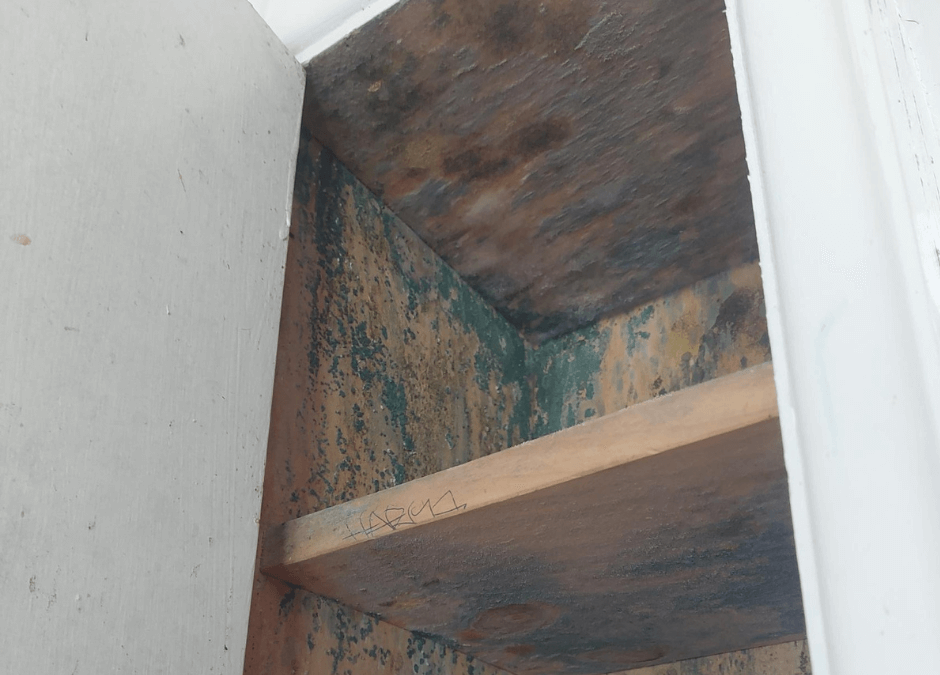As a business mould should be of concern in the workplace.
Mould can lead to various health problems among staff and property damage if not treated
promptly. In this article, we will provide effective tips on mould removal, including when to
seek professional mould removal services like Contaminated Site Solutions, to help manage
mould-related issues.
What Is Mould?
Mould is a type of fungus that grows in long, thin strands called hyphae. Mould can grow on
various surfaces like wood, paper, carpet, and food, especially in damp, warm, and humid
conditions.
Common Types Of Mould
● Aspergillus – It is often found in dust, food, and building materials.
● Cladosporium – It can grow on wood, textiles, and other damp, porous materials.
● Stachybotrys (Black Mould) – It typically grows on materials with high cellulose
content, such as wood, paper, and gypsum board.
Health Risks Associated With Mould
Mould exposure can lead to a range of health problems, such as allergies, asthma, or
weakened immune systems. Common symptoms include:
● Respiratory problems such as coughing, wheezing, and shortness of breath.
● Nasal congestion, sneezing, and throat irritation.
● Skin rashes and eye irritation.
● In severe cases, mould exposure can cause serious infections and allergic reactions.
Identify The Source Of Mould
Before tackling mould removal, it’s crucial to identify the underlying cause. Mould thrives in
moist environments, so the first step is to locate and eliminate sources of moisture. The
common sources of moisture are:
● Leaking roofs– Inspect for leaks and repair any damaged areas to prevent water
from seeping into your home.
● Plumbing issues– Check for leaking pipes or fixtures, particularly in kitchens and
bathrooms.
● Condensation– Improve ventilation in areas prone to condensation, such as
basements, bathrooms, and kitchens.
● Poor ventilation- Ensure adequate airflow throughout your home by using exhaust
fans, opening windows, and maintaining clean air filters.
The key to effective mould removal is addressing both the symptoms and the root causes of
mould growth.
Professional Assessment
Minor mould issues can sometimes be managed with DIY methods. However, professional
mould removal is recommended for thorough remediation, especially in cases of extensive,
toxic, or hidden mould growth.
Preparing For Professional Mould Removal
For extensive or persistent mould problems, it’s best to seek professional mould removal
services. Contaminated Site Solutions (CSS) is a trusted provider of specialist mould
removal services in New Zealand. They offer complete solutions for mould removal in
Auckland, ensuring that your business is mould-free and safe.
Why Choose CSS for Mould Removal?
● Expertise – CSS has a team of trained professionals with extensive experience in
mould removal and remediation.
● Advanced technology – They use advanced technology, techniques and equipment
to effectively remove mould and prevent future growth.
● Safety first – CSS prioritises the safety of your business and staff by using safe and
effective mould removal methods.
● Comprehensive services: From the initial inspection to final remediation, CSS
provides a full range of services to address your mould problems.
Preventing Future Mould Growth
Preventing mould from returning is key to maintaining a healthy living environment. Here are
some preventive measures:
- Control humidity levels
Keep indoor humidity levels below 60% by using dehumidifiers and air conditioners. It’s
particularly important to monitor and control indoor humidity. - Ensure proper ventilation
Ensure proper ventilation in moisture-prone areas. Install exhaust fans in high-moisture
areas like bathrooms and kitchens. Open windows regularly to improve air circulation and
prevent condensation. - Insulate your home
Proper insulation can help prevent condensation on walls and windows, reducing the risk of
mould growth. Insulate pipes to prevent them from sweating and causing moisture buildup. - Regular maintenance
Regularly check and maintain areas prone to moisture, such as roofs, gutters, and plumbing
systems. Immediately repair any leaks or damage. - Monitor indoor plants
Indoor plants can contribute to indoor humidity. Ensure they are not overwatered, and
remove any visible mould on the soil or pots. - Use mould-resistant products
Consider using mould-resistant materials, such as mould-resistant drywall or paint, when
renovating or building. These products can significantly reduce the likelihood of mould
growth.
Conclusion
By following the above-mentioned tips and utilising professional cleanup services like those
offered by CSS, you can effectively remove mould and prevent its return, ensuring a
healthier living environment in your New Zealand home.
For more information about how CSS can help you manage mould, visit Contaminated Site
Solutions.

